5. Black Sunday (1960)
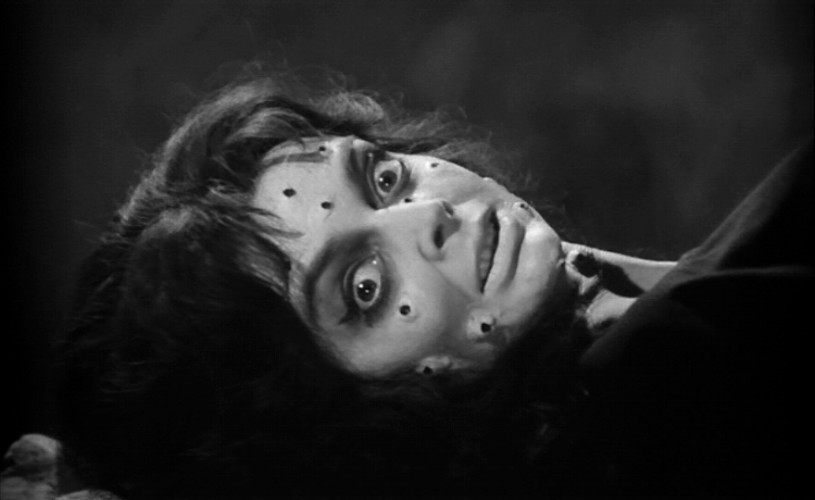
The oft imitated Italian master Mario Bava made his directorial debut with the gothic horror Black Sunday. A visual innovator with incredible instincts for atmosphere and environment, Bava, with this, his breakthrough, ushered in the Golden Age of Italian horror.
Inspired by Nikolaj Gogol’s short story “Vij,” Black Sunday was controversial for all the violence and bloodshed it depicted in its sordid tale of vampiric revenge and rampant religious beliefs gone bad. Actress Barbara Steele, in the dual role of Katia Vajda and Princess Asa Vajda would become a genre icon and an archetypal image of evil still paid homage to today, particularly in the films of Tim Burton.
Decadent in texture, gruesomely beautiful, and uncommonly atmospheric, Black Sunday is a masterclass in monochrome magnificence and timeless horror tradition. Rarely do depraved images of shocking sexual suggestion, hyperbolic human cruelty, and messed up religious beliefs leave such a lasting impression on the psyche. Amazing, agitating, and inspired stuff. Not to be missed.
4. Kill List (2011)
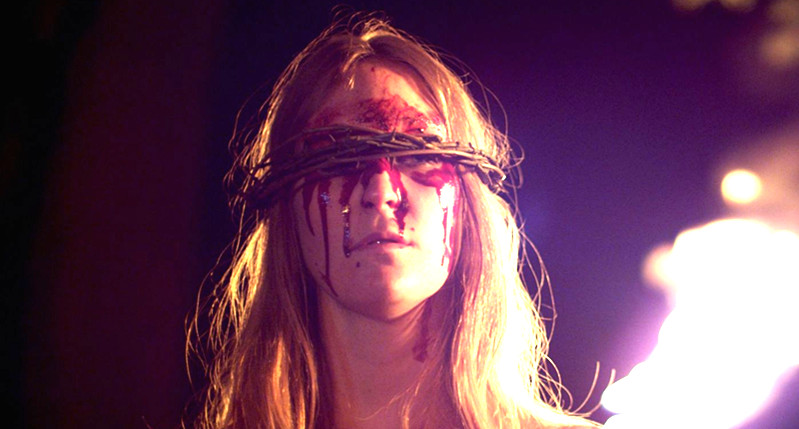
Of all the films that Ben Wheatley (Sightseers, High-Rise) has made it must be said that 2011’s Kill List is the most flat out upsetting and the most enervating, as the movie gradually morphs into all out, full on, wtf is with this crazy cult, horror. A relentless and tense thriller that subverts expectation, Kill List benefits from a deliberate slow-burn start, establishing a mood and a tone that eventually and rewardingly ratchets tension and builds anxiety to the ultimate mad rush.
The story involves Jay (Neil Maskell) and Gal (Michael Smiley), longtime pals and former soldiers who are now contract killers. Little do either know that a new assignment they’ve agreed upon is going to lead them to the darkest possible place imaginable.
As the plot takes many unpredictable turns, Wheatley works the audience like a master, making us anxious, and uneasy at every sharp turn and nasty twist. The last half hour is all edge-of-your-seat suspense and the closer is as unforgettable as it is ultimately inexorable.
“Andy Stark, my producer, said to me, ‘make a horror film’,” Wheatley explained to Taste of Cinema. “I thought, if I’m gonna make a horror film I’m gonna make something that’s truly as fucking horrible as possible. So when I wrote the script I made a list of my nightmares. My son, who was three or four at the time, was tied up in that, and I was terrified at that kind of aspect of fatherhood and so put that in. I had these recurring nightmares about cults since I was a little kid so I put that in as well.”
3. Rosemary’s Baby (1968)
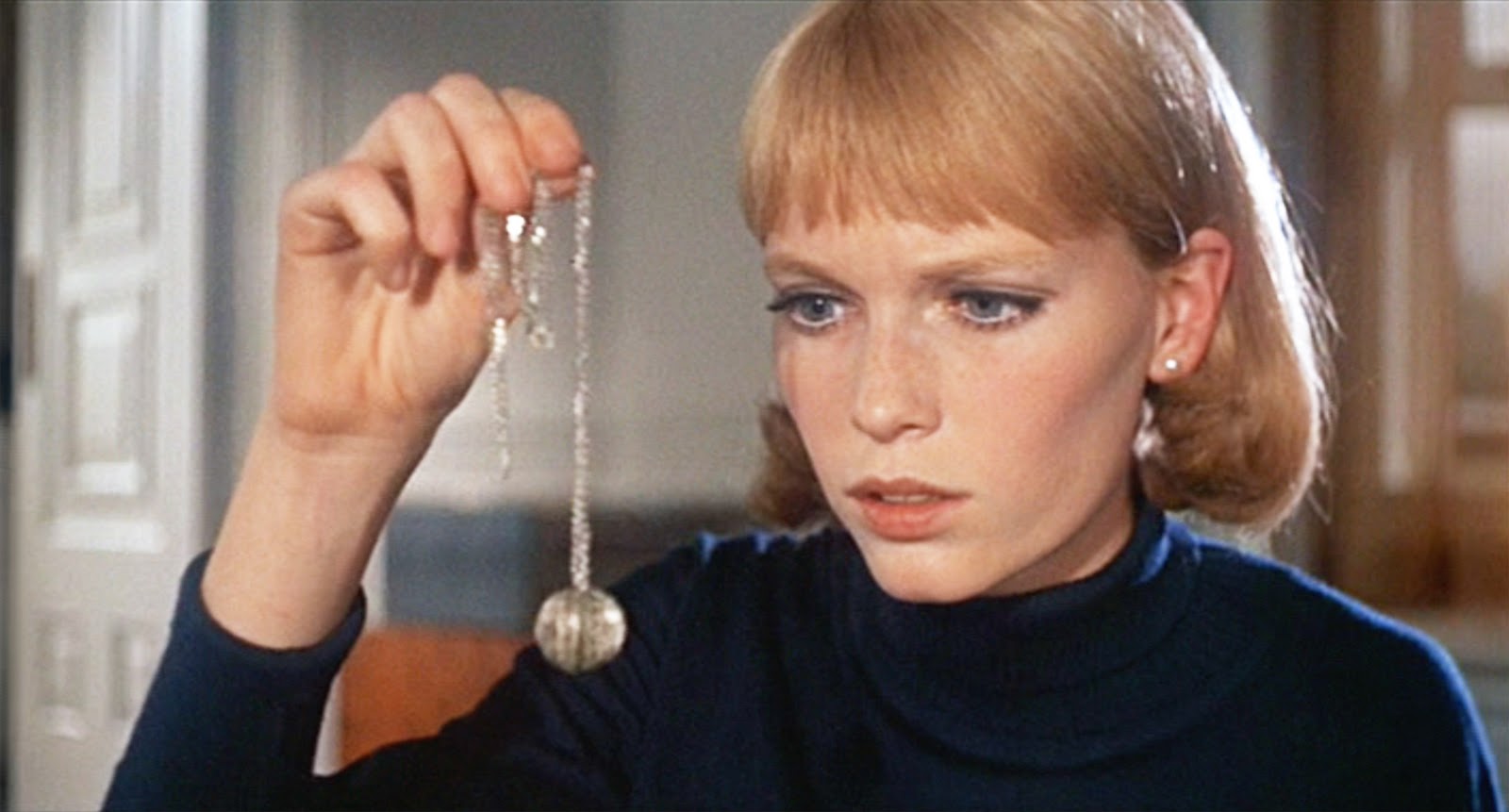
One of the most psychologically shattering films ever made, Roman Polanski’s cinematic adaptation of the Ira Levin novel, Rosemary’s Baby is a horror classic. Everything about this film is utilized to reap maximum fright and panic-prone alarm.
Mia Farrow is Rosemary, and she was never more vulnerable and worthy of salvation. Rosemary and her husband, Guy (John Cassavetes, creepy to the max) have just moved into an outmoded but elegant New York City apartment building. Things feel fatalist right away, despite the over-eager and affable neighbours (Ruth Gordon and Sidney Blackmer), who are far too cult-y for their own good, and the life-altering news that Rosemary is preggers. No spoilers here, but holy heck, her trimesters get pretty intense.
As a psychological thriller, as a mystery, as pitch-dark comedy, as coven exploitation (is there such a thing? No matter!), and as a supernatural freakout, Polanski piles it all on thick. In fact, so skilled is Polanski’s ratcheting up of tensions that Hitchcock comparisons are completely justified.
“He has his father’s eyes.” Ulp!
2. The Wicker Man (1973)
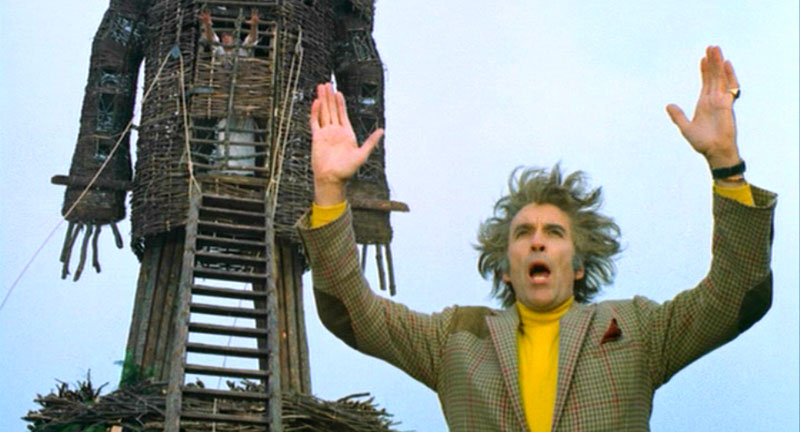
Robin Hardy’s The Wicker Man is a decidedly imaginative mixture of murder mystery, horror movie, folk musical, and pagan legend. Written by Anthony Shaffer (Sleuth) from David Pinner’s 1967 novel “Ritual” this influential British film was famously touted by Cinefantastique to be “the Citizen Kane of horror movies” and who are we to say anything different?
Sgt. Howie (Edward Woodward) is an uptight Scots policeman investigating the disappearance of a young girl, Rowan Morrison (Gerry Cowper) on Summerisle, a remote Hebridean island. Summerisle is the sort of place where the head cheese, Lord Summerisle is played by Christopher Lee, so there’s a huge fucking red flag right away. Britt Ekland is there, too, in full babe mode, there’s a naked librarian played by Ingrid Pitt and all the pagan May Day hoopla have Howie groping for his Christian cross.
“You’ll simply never understand the true nature of sacrifice.” The Wicker Man offers up many fiendish quirks, kinks, and a concluding squeaker of a curveball you won’t soon forget.
1. Suspiria (1977)
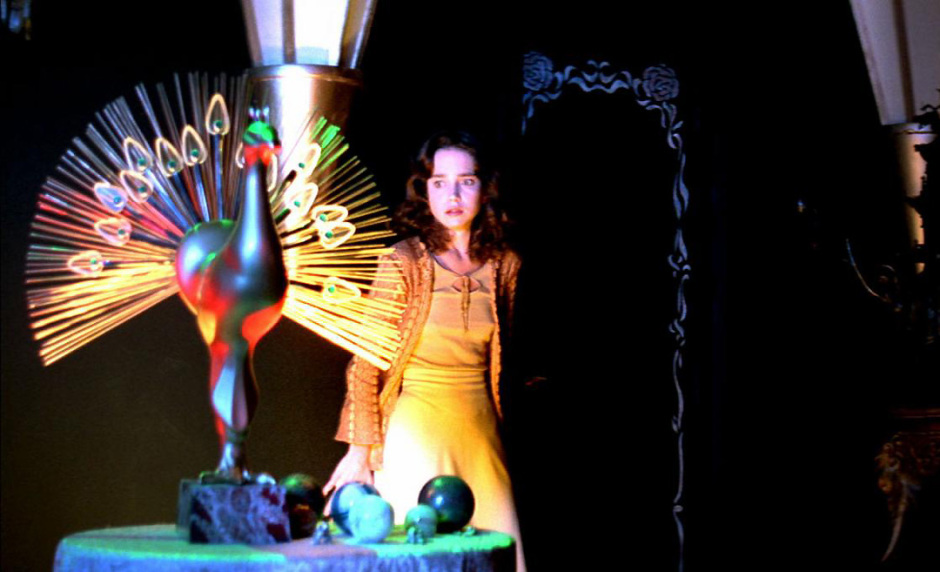
“Fear,” Dario Argento has famously said, “is a 370-degree centigrade body temperature. With Suspiria I wanted 400 degrees.” An immersive experience in sensory cinema like no other, Italian auteur Argento’s Suspiria is a spine-tingling and dizzying masterpiece in the form of a nightmare fairytale.
Suzy Bannion (Jessica Harper) is a new American student at the Tanz Dance Academy, a European ballet institute that doubles as a classic Gothic setting, that secretly houses a coven of ferocious witches. Administered by the mysterious Mother Suspiriorum (Lela Svasta) and vice-directress, Madame Blanc (Joan Bennett) Suzy is slowly drawn along a terrible mystery.
Primitive colors, violent deaths delivered with the baroque virtue of a music video using giallo subterfuge, supernatural elements, and Hitchcockian affection. As solid proof of auteur theory –– Argento is the Sergio Leone of horror cinema –– Suspiria is a hypnotic and self-reflexive powerplay of terror.
Suspiria succeeds both as a hypnotic horror film and as compelling proof of auteur theory. The remake (or whatever you want to call it, be it re-imagining or what have you) by Luca Guadagnino is great, but it doesn’t accomplish anything that Argento didn’t already achieve. His is a film ripe with all manner of moral conflicts, informed of self-reflexive discourse it still maintains a glistening and grotesque sheen that is unlikely to ever pale or give ground.
Honorable Mention: The Seventh Victim (1943, directed by Mark Robson), The Children of the Corn (1984, directed by Fritz Kiersch), The Believers (1987, directed by John Schlesinger), Society (1989, directed by Brian Yuzna), Martyrs (2008, directed by Pascal Laugier), The House of the Devil (2009, directed by Ti West), The Love Witch (2016, directed by Anna Biller), The Void (2016, directed by Jeremy Gillespie and Steven Kostanski), The Endless (2017, directed by Justin Benson and Aaron Moorhead), Mandy (2018, directed by Panos Cosmatos), Suspiria (2018, directed by Luca Guadagnino).
Author Bio: Shane Scott-Travis is a film critic, screenwriter, comic book author/illustrator and cineaste. Currently residing in Vancouver, Canada, Shane can often be found at the cinema, the dog park, or off in a corner someplace, paraphrasing Groucho Marx. Follow Shane on Twitter @ShaneScottravis.